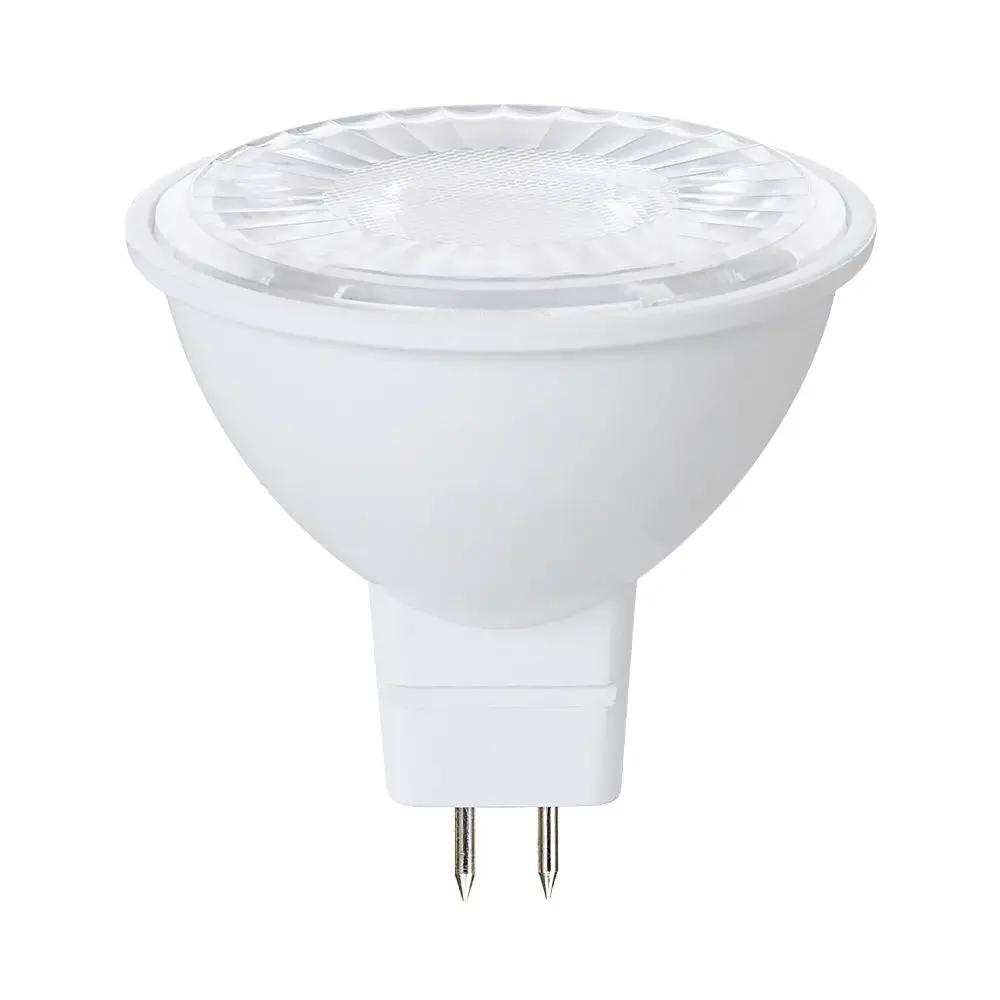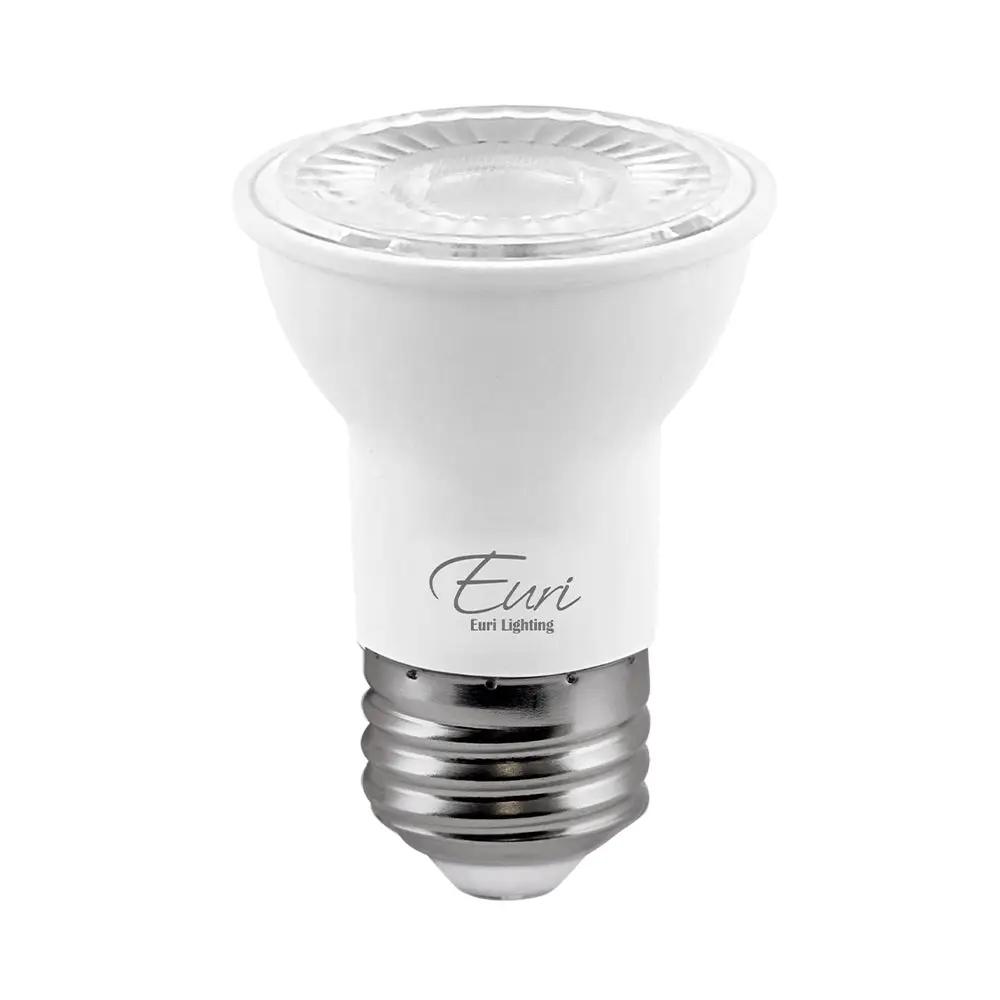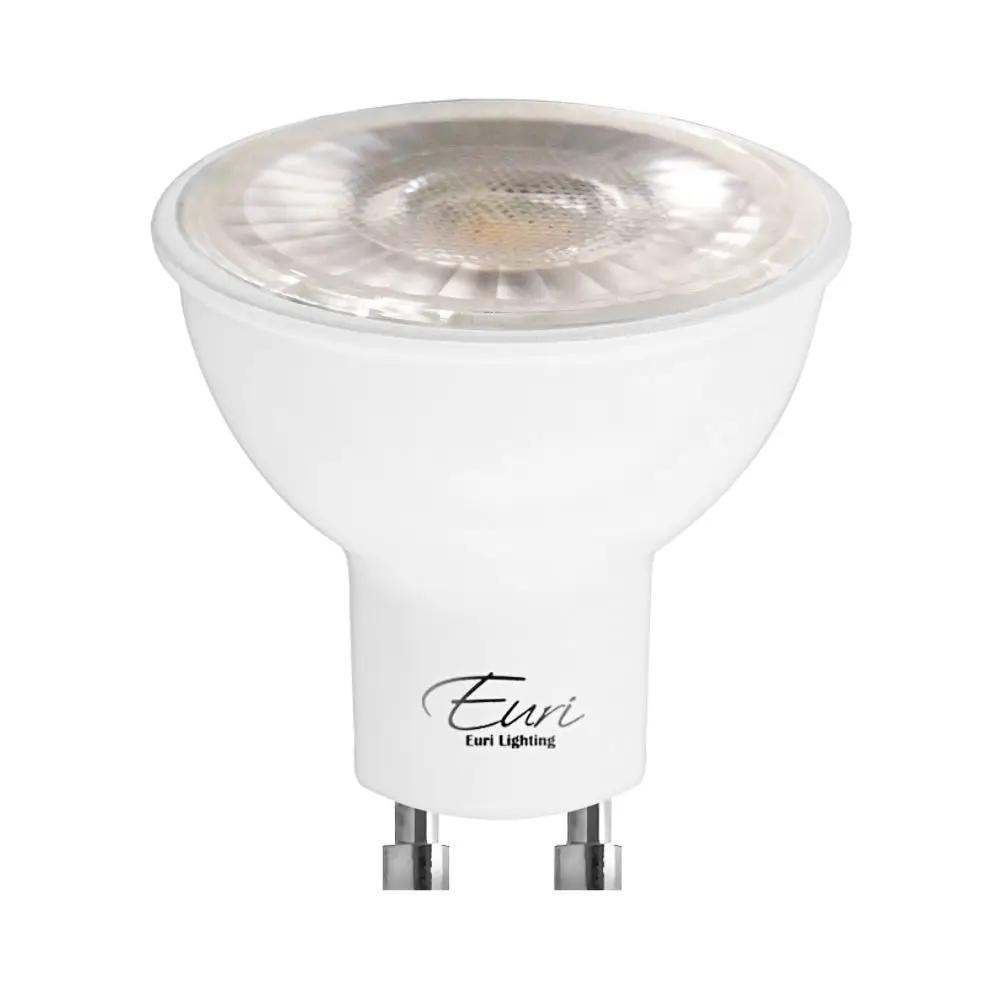Replace outdated bulbs with modern efficiency using LED light bulbs from Stars and Stripes Lighting. Available in a wide range of shapes, bases, and color temperatures, our LED bulb replacements offer long life, excellent light quality, and up to 90% energy savings. Whether you need dimmable options, wet-rated designs, or high CRI performance, we’ve got the right LED for your application.
Need Lighting Guidance?
Whether you're selecting the right bulb or designing a full lighting layout, Stars and Stripes Lighting is here to help. Our team is ready to assist with expert advice tailored to your style, space, and budget. Reach out by phone or chat — we’ll make it easy.














































